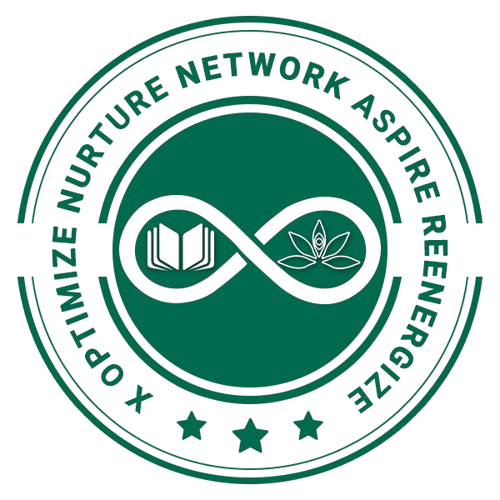Screens and Their Components After Startup
When a computer is switched on, you encounter various screens, each with specific components that help you navigate and use the system.
- Boot Screen: The first screen that appears, showing the computer is starting up.Components may include a logo (like Windows or the computer brand), a loading animation, and text indicating system checks.
- Login Screen: The screen where you enter your username and password to access your computer.Components are user account icons, password field and accessibility options and a power button (to restart, shut down, or sleep).
- Desktop Screen: The main screen you see after logging in, where you can access programs and files.Components are
Desktop Icons: Shortcuts to applications, files, or folders.
Taskbar: A bar at the bottom showing the Start button, open applications, system tray, and time.
Wallpaper: The background image or color.
- File Explorer/Finder: A screen where you can browse and manage files and folders on your computer.Components are folders and files, navigation pane (to switch between drives or directories),toolbar (with options like Copy, Paste, or Delete).
- Settings Screen: A place to adjust computer settings, such as network, display, or sound.Components are categories like System, Devices, and Privacy and Search bar to quickly find settings.
Each screen plays a role in helping you interact with the computer and perform tasks efficiently.
